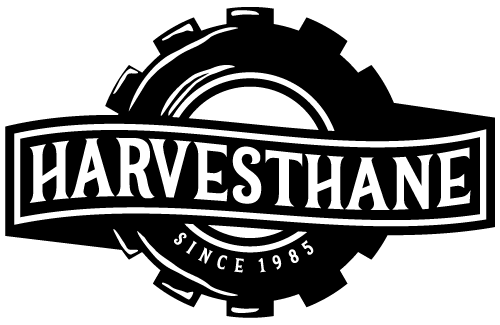Hardness, as applied to elastomers, is defined as the relative resistance of a surface to indention by an indenter of…
Read More
When subjected to load, all elastomers exhibit an increasing deformation with time, known as creep. This occurs at any stress…
Read More
The following cost comparison shows the ratio of prices for selected materials to the lowest cost elastomers: EPDM, SBR, and…
Read More
Compression set tests, described in ASTM D-395, are of two main types: Method A, compression set under constant load; and…
Read More
The shelf life of molded parts assumes storage in controlled environmental conditions, both in terms of temperature and humidity. The…
Read More
There are two types of abrasion: sliding and impingement. Sliding is the passing of an adjacent surface across the elastomer…
Read More
When considering the finish and appearance of molded products, several factors are important to take into account. Machined Finish of…
Read More
In the rubber and urethane industry, it is common to adhere an elastomer to a rigid component. Some examples include…
Read More
In the thermoplastic injection molding process, a common part specification is “no flash allowed.” With plastic, however, mold cavity vents…
Read More
Rubber and urethane provide greater deflection for applied forces than do rigid materials such as metals or ceramics. Most uses…
Read More



